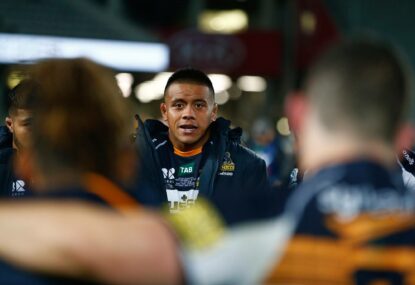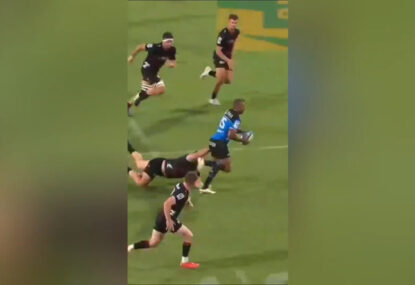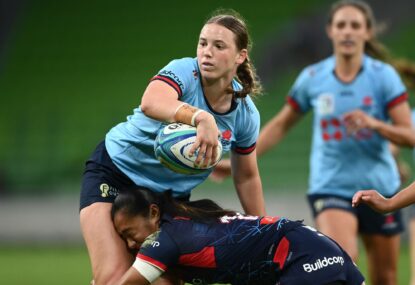We have had a little over a month to digest and evaluate rugby’s successful return to the Olympic Games in its sevens format.
It is now time to ask where to for the seven-a-side format.
In particular, the Men’s and Women’s World Series and how to go about deepening the pool of nations ready to compete by the time Tokyo 2020 rolls around and beyond.
While World Rugby has every right to pat themselves on the back and bask in the glow of the game’s strong showing at its first games since 1924, they would be remiss to declare ‘Mission Accomplished’ without recognising that now the real hard work begins.
To ensure that the game cements its place in the world premium multi-sport event, World Rugby needs to be looking to the future more specifically toward developing a much deeper pool of nations capable of competing at the Olympic level. While participation at the Games will assist this.
World Rugby needs to be working proactively toward establishing the necessary competitive structures that will also new and emerging nations both in the Men’s and Women’s game to develop and build their overall competitiveness.
In order to achieve this, World Rugby needs to adopt a similar cycle system as it current does with the Rugby World Cup and look to achieve set goals within these time frames.
The next four years.
First of all, further development of the Women’s circuit is paramount. At present, only five events are officially announced for the 2016/17 series with a sixth to be announced. Frankly this just isn’t good enough.
If World Rugby take nothing else from the Women’s side of the competition at the Games, it should be this. The Women’s Series deserves more. Much more. More teams and more events. How many more you may ask? Look at the Men’s Series for a guide.
These tremendous athletes who sacrifice just as much and train just as long and hard as their male counterparts deserve to be treated both equally on and off the pitch. In the next four year period, World Rugby must look to developing parity in both the number of core participating nations and number of events on the Women’s World Series.
Secondary to this, further expansion of the Men’s World Series to 12 events with one of them being based in South America.
The next eight years
Within this time frame further growth in the competitive landscape needs to be fostered. Ideally come 2024 both the Men’s and Women’s World Series will consist of 24 highly competitive teams.
In order to achieve this, World Rugby needs to examine the feasibility of the creation of a secondary series which for the purposes of this article we’ll call the ‘World League’.
This needs to be developed and seen as the means for new and emerging nations to grow into the game and become competitive forces.
While a structure emulating the current World Series but with less overall events and team, very much like the Women’s Series at present, in a structure that should be as much about participation as it will be about development simply mirroring the World Series probably isn’t the best option.
Instead by looking to employ current structures such as the European Grand Prix series and the Asian 7s Series while using them as the template to initiate others.
World Rugby could create a ‘World League’ that provides far greater opportunity and depth to nations and athletes.
Ideally, the ‘World League’ would consist of four six to eight leg regional circuits:
– The Asia-Pacific Circuit,
– The European Circuit,
– The African Circuit and,
– The Americas Circuit.
Within each regional circuit there will be eight teams. For a total of 24-36 nations. Similar to the World Series the overall winner of each will be awarded via the most cumulative points at the end of the season.
The top team from each region progresses through to the playoff games currently held in Hong Kong for a place as a core team the following year.
So for example;
The Asia-Pacific circuit could consist of legs hosted in – Sri Lanka, Malaysia, the Philipines, Taiwan, China, South Korea, Thailand and/or either one of India or Indonesia.
The European circuit – two of the current three stops in Russia and Poland, Spain, Germany, Belgium, the Netherlands, Romania and/or Sweden.
The Americas circuit -Brazil, Uruguay, Chile, Colombia, Mexico, Jamaica.
The African circuit is a little harder to determine.
Over the next two Olympic cycle Rugby via its 7s format has the chance to develop into a truly global sport while also developing the requisite depth it needs to move forward and cement its place as arguably the Olympics most entertaining event.




































































































